Diets for sustainable weight loss




 INTERMITTENT FASTING
INTERMITTENT FASTING
Intermittent fasting, otherwise known as IF, is currently one of the most popular and effective diets for weight loss. IF is not so much about what to eat, but when to eat. The diet is incredibly simple - there are no specific restrictions on what to eat, you only need to manage when you can eat. Here is how it works.
IF is an eating pattern developed that alternates between periods of fasting and eating. The idea is to revert to the more natural ancient human mealhunter-gatherer cycles of fasting and meals. Additional bonuses include improved metabolic health and developing higher resistance to disease. There are several variations to suit one's preferences/convenience:
16/8 - This is the most common method - it involves fasting for 16 hours and eating only in an 8-hour window of a 24 hour day. The usual routine is to usually avoid breakfast, followed by healthy meals between 12 PM to 8 PM and after that, fasting for 16 hours until the next day
Alternate-day fast - You alternate in 24 hours cycles between fasting and eating.
5/2: A severely restricted calories intake of 500 - 600 calories/day for two consecutive days followed by five regular days of eating in a week;
Warrior - The mornings are dedicated to small amounts of fruits/vegetable with one large meal in the late afternoon in a 4-hour window and rever to fasting after that until the next morning;
Eat-Stop-Eat - Enforce a 24 hour fast twice a week with a 2-day regular eating buffer days in between the fasting.
16/8 INTERMITTENT FASTING
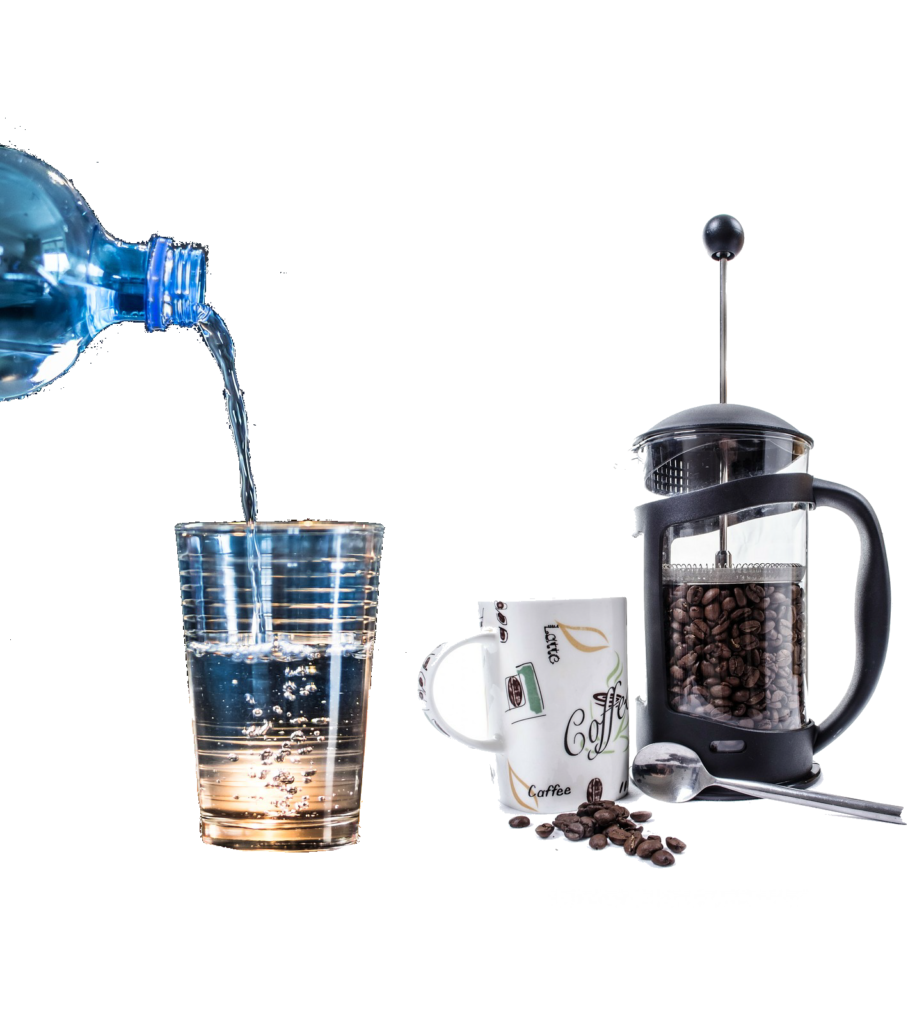
FASTING WINDOW
before 12PM

EATING WINDOW
(8 hours)
12PM to 8PM
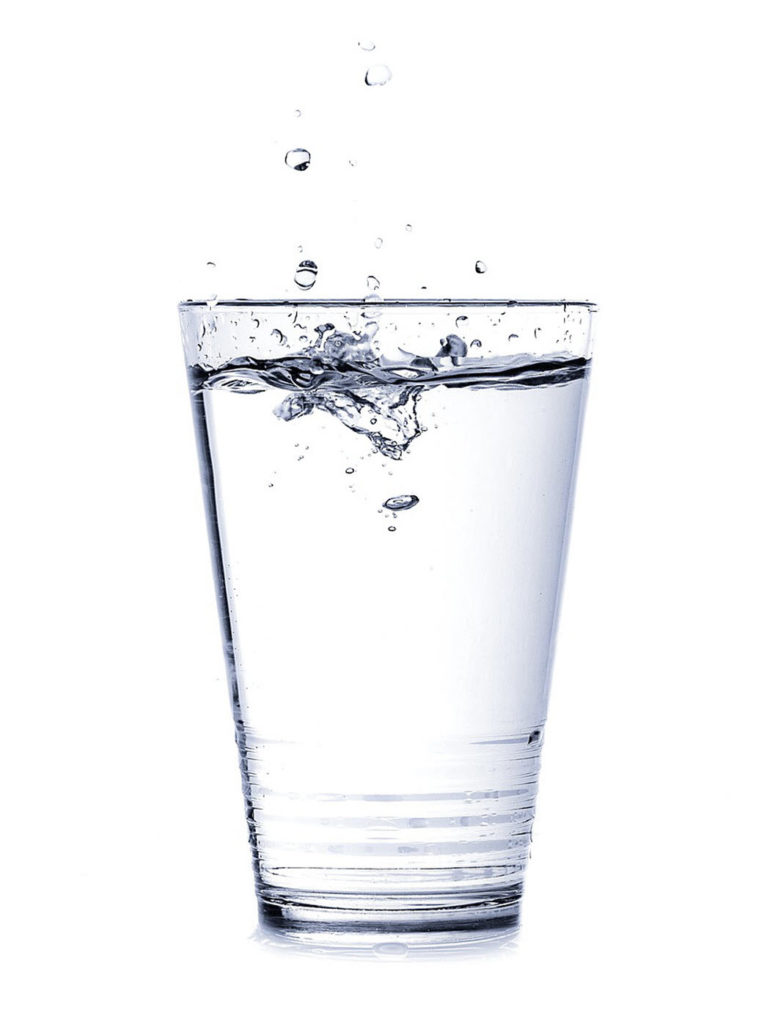
FASTING WINDOW
After 8 PM



 LOW CARB DIET
LOW CARB DIET
Carbohydrates provide energy for the body. However, if there is an excess intake, carbohydrates are stored in our body which then, converts to fat over time if unutilised, leading to weight gain and obesity. Likewise, too much sugar (which is a form of carbohydrate) in the diet may lead to diabetes. The obvious solution is to reduce and limit the intake of carbohydrates which is so prevalent in foods today. A low carb diet replaces most carbohydrates with proteins and healthy fats to still achieve that satisfying feeling of a meal. It is a beneficial diet to lose weight if managed correctly.
Focus - Meat | fish | eggs | vegetables | fruit (but not overly sweet) | non-gluten grains | nuts
In moderate amounts - High-fat dairy products | Good oils, e.g. coconut, olive, fish etc. | dark chocolate | wine | coffee and tea - unsweetened
Avoid - refined sugars and grains, e.g. white bread, white rice etc. | high sugar content foods | starchy foods, e.g. potatoes, pasta | etc.| trans fats | processed foods | condensed milk
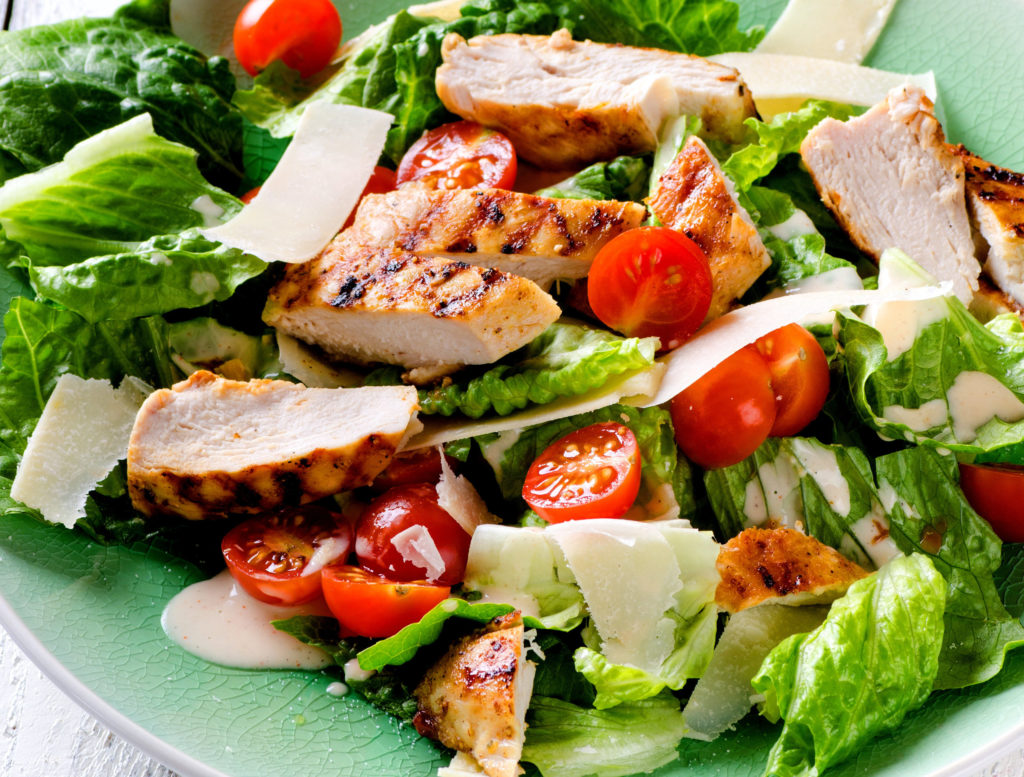


 FLEXITARIAN DIET
FLEXITARIAN DIET
You enjoy and appreciate the healthiness of being vegetarian but cannot forgo meat and dairy products entirely like a vegan. Why not try the Flexitarian Diet?
A flexitarian diet is a combination of a flexible and vegetarian diet. With this diet, you can still enjoy the benefits of a vegetarian-based diet whilst at the same time being able to indulge occasionally in meat and dairy products. Furthermore, you can reduce the likelihood of heart conditions, diabetes and cancer. Another added bonus is a natural weight loss through healthy eating.
Focus - plant-based proteins e.g. soya beans, lentils | fibre-rich plant foods
In reduced amounts - animal products e.g. meat, fish, eggs and dairy products | sugar
Avoid - Saturated fat | cholesterol | processed meats | trans fats
Try this flexitarian diet one-week meal plan here
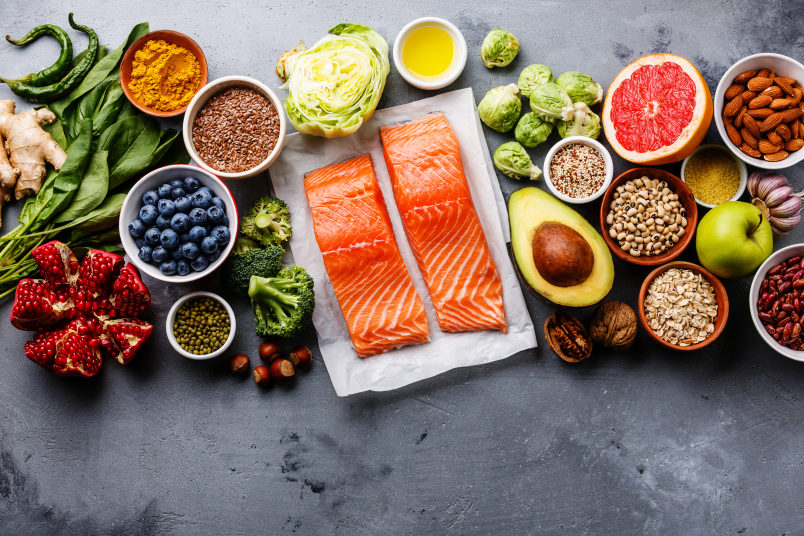

 VEGAN DIET
VEGAN DIET
As the name suggests, this is a total plant-based diet. Therefore, high-density lipoproteins (HDL) or bad cholesterol from the animal-based foods are eliminated, which is excellent for those with diabetes or heart disease.
A total-plant based diet does not need to be monotonous or restrictive in tastes. There are numerous recipes for every taste bud. Most restaurants do serve some form of vegetarian meals, and there are many speciality vegetarian restaurants. You can find protein in beans, tofu, peanuts, chickpeas and quinoa.
Eat - brown rice | vegetables | fruit (but not overly sweet) | whole grains | nuts | plant-based protein
Avoid - refined sugars and grains, e.g. white bread, white rice etc. | high sugar content foods | starchy foods, e.g. potatoes, pasta | etc.| trans fats | processed foods | anything not plant-based such as animal products
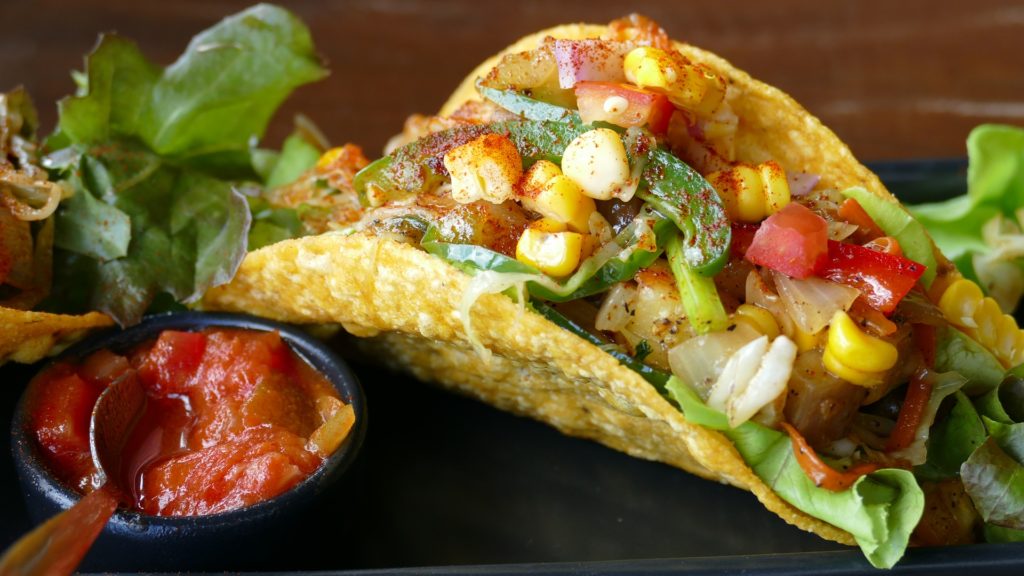
 LOW-FAT DIET
LOW-FAT DIET
Instead of carbohydrate restriction, low-fat diets as the name suggests, restrict fat intake from between 10% to 30% of total calories consumed daily. The fats are replaced by either carbohydrates or proteins.
Ultra-low-fat diets can be particularly effective with those who suffer from obesity. Low-fat diets are also usually prescribed for those with gallbladder ailments since gallstones are more likely when there is too much cholesterol in the bile. Other add-on effects also include reducing the likelihood of heart disease.
Focus - vegetables | fruit | legumes | fatty fish rich in omega-3 e.g. salmon, mackerel, tuna | food that is baked, broiled, steamed or poached | whole grains
In moderation - eggs | low-fat dairy products | dark chocolate | lean red meat
Avoid - Fried foods | trans-fat | butter | animal-based fats | fat and skin in meat | refined or processed grains
Here is a sample menu for a low-fat diet
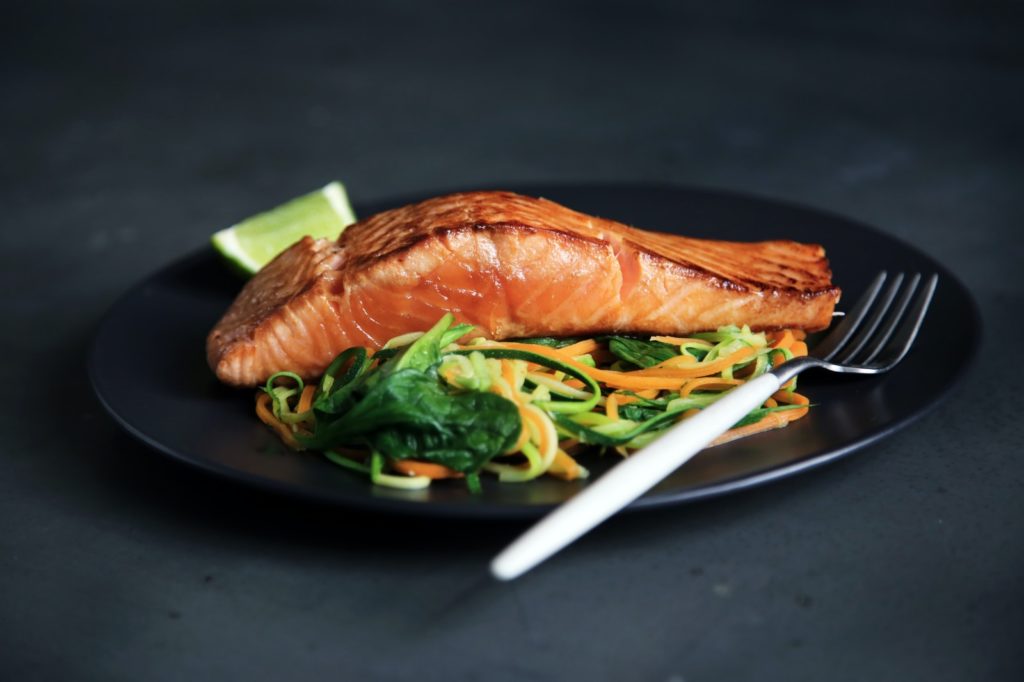

Recent Comments